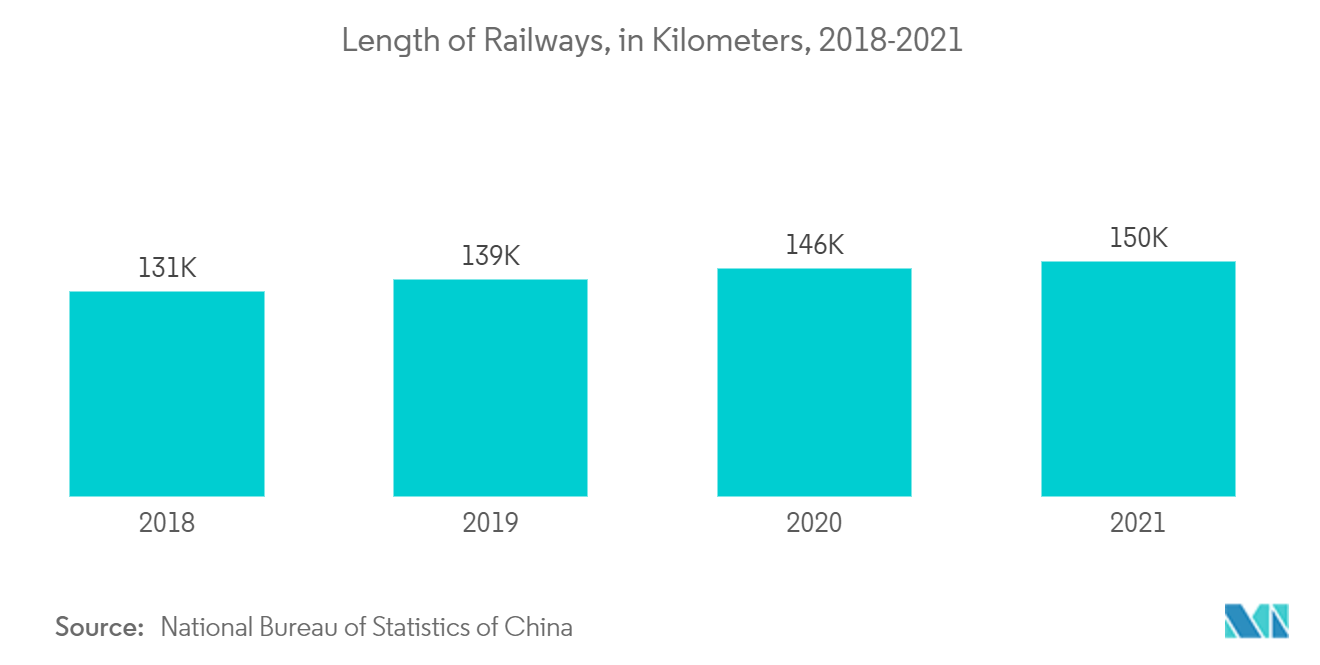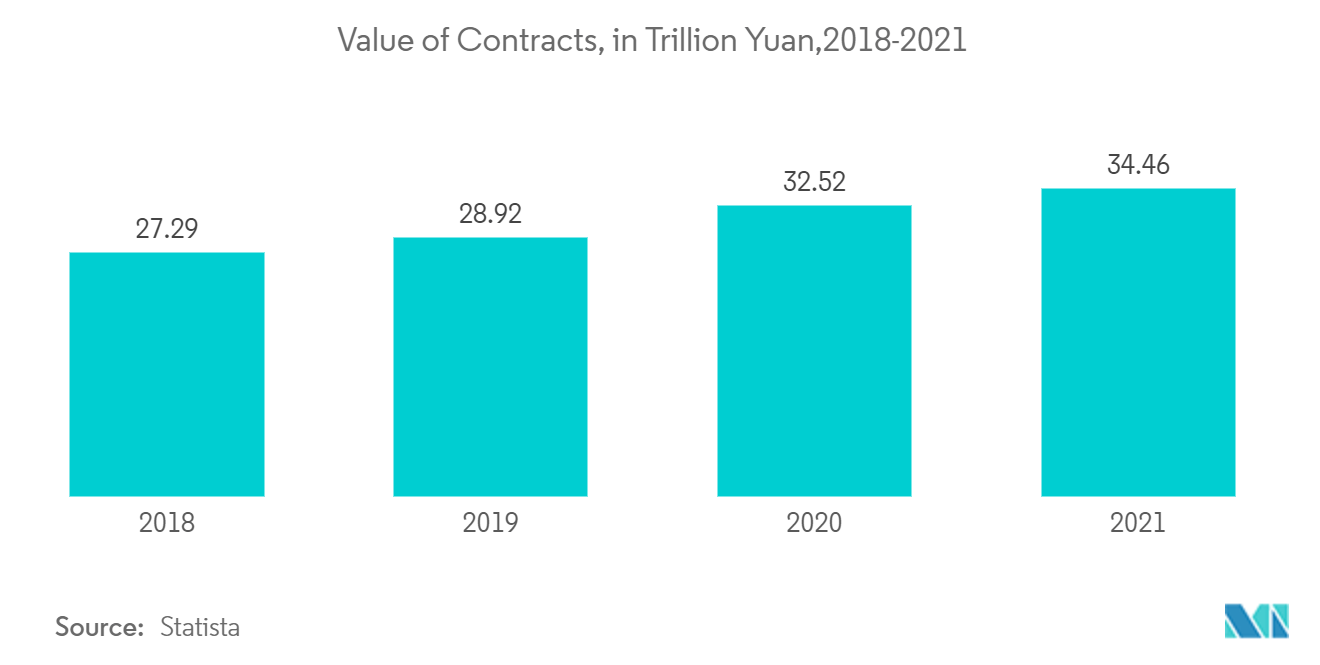Market Trends of China Transportation Infrastructure Construction Industry
This section covers the major market trends shaping the China Transportation Infrastructure Construction Market according to our research experts:
Government Initiatives Driving Transport Infrastructure Construction Market in China
China's top leaders have paid great attention to transport infrastructure construction and drawn up plans accordingly. Two guidelines about transport planning were released by the central government in FY20 and FY19.The guidelines have mapped out China's transport development over 30 years.
The plan released in 2020 said a more convenient and high-quality transportation network will be built by 2035, allowing most people to have access to a national highway within 15 minutes, a freeway in half an hour and a railway in an hour.
China has more than 40,000 km of high-speed railways, 168,000 km of freeways as well as 248 airports for commercial flights.
This year, China is expected to build more than 3,300 kilometers of railways, build or renovate more than 8,000 km of freeways, and establish eight commercial airports.

Increase in Value of Contracts
China is increasingly turning to state-led investment to stabilise its economy, hoping mega infrastructure projects will stimulate local business and create jobs.
In late December 2021, China's finance ministry had offered local governments an early allocation of USD 229 billion in quotas for 2022 special-purpose bonds to help spur investment and support the economy.
In 2021, approximately USD 5.42 billion worth of new contracts were signed by the construction enterprises in China, accounting for more than a half of the total value. Driven by the rapid urbanization, the construction industry in China exceeded the output of USD 0.72 billion in that year.
In 2020, China Railway Construction Corporation (1186) announced its value of newly signed contracts for the first three quarters this year rose 25.07% from a year ago to USD 176 billion. For the third quarter, its value of newly signed contracts spiked 40.3% to USD 62.3 billion.


